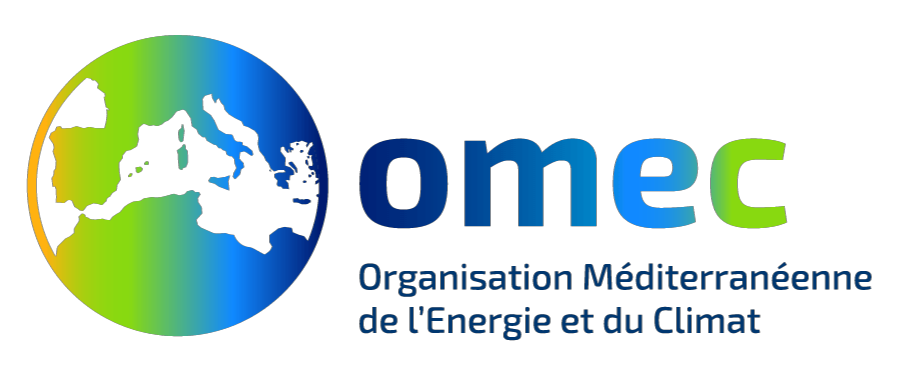About DNICAST
Concentrating solar technologies (CST) have proven to be very efficient sources of clean power for the electrical grid. CST include thermodynamic machines, such as the concentrating solar power (CSP: parabolic troughs, solar towers, Fresnel collectors, parabolic dishes…), or concentrating photovoltaics (CPV). The efficient operation of CST requires reliable forecasts of the incident irradiance for two main reasons:
– First, to yield a better management of the thermodynamic cycle
– Second, the electricity production can be optimally connected to the grid.
Forecasts are made by several techniques, which have their own merits and drawbacks. The uncertainty in the forecast of the Direct Normal Irradiance (DNI) is still too large and must be reduced.
The DNICast project, brings a series of innovative components which would advance current state-of-the-art in a number of ways. These innovations can be clustered in terms of methodological progress, geographical extension and a participatory approach through the involvement of stakeholders and potential end-users.
Methodological progress
In DNICast, methods based on information from a number of different sources such as ground measurements, all sky imagers, satellites and Numerical Weather Prediction (NWP) models were used in an integrated way to offer more reliable DNI estimates that fulfill the requirements for the application in the field of CST. In fact, the mentioned methods have different time and spatial resolutions, and there is no single approach valid at all desired scales. Therefore, a combination is needed.
To validate several methods against references accurate and reliable ground measurements of DNI and aerosol and cloud properties were collected for sites located in the geographical areas of interest for the implementation of CST.
Geographical coverage
DNI nowcasting methods were validated through ground measurements of DNI at different sites with high quality datasets. For the validation of the nowcasting methods metrics proposed recently by EU-funded and other international projects were used (MACC-II, ENDORSE, IEA Solar Heating and Cooling Task 46). Another major innovation is the effort spent to collect data, to qualify them in relation with the instrument operators and to describe them with INSPIRE-compliant metadata. This effort was twofold achieved:
– Firstly, a measurement grid at very high local spatial resolution in the area of 1 km² was achieved. This would allow the validation of nowcasts with high spatial resolution as produced from all sky imagers.
– Secondly, a unique DNI database was created for regions that are currently of interest for CSP plants, as the MENA region and the Arabian Peninsula.
Participatory approach
The DNICast consortium followed an integrative approach by bringing together specialists of different working fields. Leading institutions from the communities working on CST, ground based nowcasting and DNI measurements, satellite based nowcasts and NWP cooperated to obtain the best possible results. The direct contact with potential users of the nowcasting tools (e.g.: plant and grid operators) as well as with companies providing measurement and data services for the solar industry was also part of the consortium’s approach. Key research and industrial actors have provided letters of support to the project and closely cooperated with the DNICast consortium through their involvement in the Project Advisory Board. Other stakeholders were involved through a dedicated work package focusing on Knowledge Sharing and User Workshop, as well as through the project communication tools.
More information about the DNICast could be found through: https://cordis.europa.eu/project/rcn/109593/factsheet/en
This project has received funding from the European Union’s Seventh Programme for research, technological development and demonstration under grant agreement No [608623].
Duration: 48 months (15 October 2013 – 14 October 2017)
Partners: OME (coordinator), CENER (ES), UNIPATRAS (GR), Meteotest (CH), ARMINES (FR), RIUUK (DE), SMHI (SE), DLR (DE), TROPOS (DE), CIEMAT (ES), METEOSWISS (CH), CYI (CY)
Funding Scheme: Collaborative project (generic) FP7-ENERGY-2013-1
Deliverables
D2.1 – Technical report on the functional requirements for the nowcasting method
D2.2 – WMO SDSWAS review evaluation report (workshop) of SDSWAS products
D2.3 – Assessment report on aerosol monitoring as nowcasting scheme
D2.4 – Study report on short-term aerosol forecasting at source dominated aerosol sites
D2.5 – Report on aerosol monitoring methodologies with sky imagers
D2.6 – Uncertainty assessment in state-of-the-art aerosol forecasts based on high resolution modeling
D2.8 – Report on requirements for nowcasted parameters and levels of uncertainty in terms of circumsolar radiation
D3.1 – Report on algorithms for nowcasting methods based on sky imagers
D3.4 – Report on the operation of sky imagers and preliminary validation results including method uncertainties
D3.6 – Report on satellite-based nowcasting methods
D3.8 – Report on comparison of satellite-based nowcasting methods
D3.11 – Report on NWP Var, particle filter and machine learning approaches for short term DNI nowcasting
D3.14 – Report on Combination of nowcasted DNI
D4.1 – Validation of nowcasted spatial DNI maps
D4.2 – Guidelines for DNI measurements
D4.3 – Validation of nowcasted DNI methods
D5.1 – Workshop report for the 1st workshop
D5.2 – Workshop report for the 2nd workshop
D5.3 – Workshop report for the 3rd workshop
D5.4 – Report of bilateral consultations with key stakeholders
D5.5 – Report of best practice guideline for DNI nowcasting
D5.6 – Demonstrator for DNI nowcasting tools available online
D6.1 – Communication and dissemination strategy
D6.2 – Report on the results of the scientific dissemination, including submitted and accepted articles, presentations and posters
D6.3 – Report on the results of the broader dissemination, including informative papers produced, the newsletters and the presentations for the webinars and the website
D6.4 – Final workshop report
